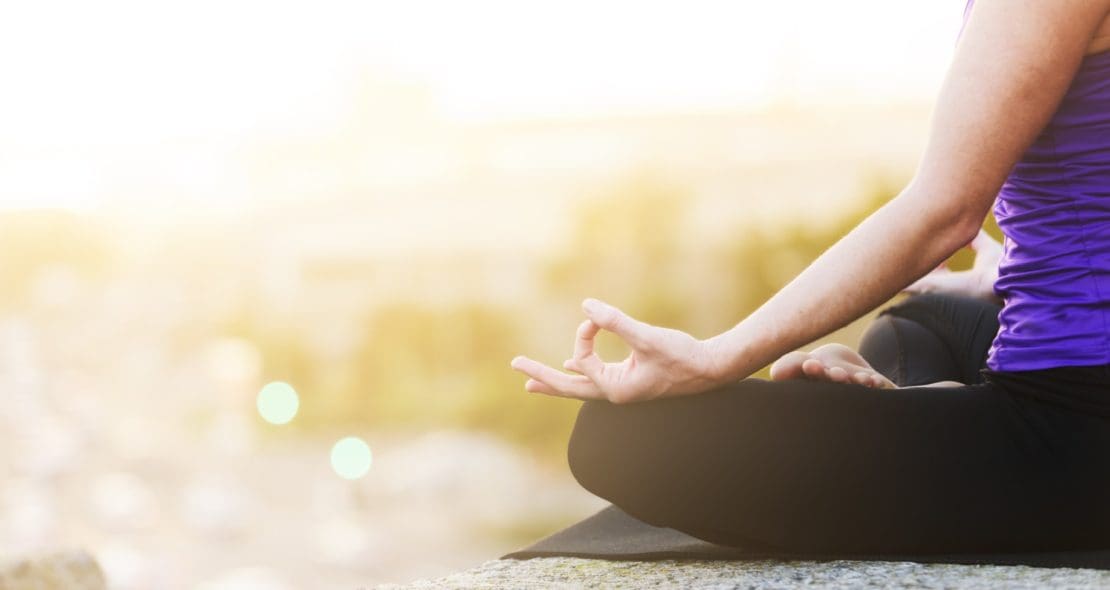It is well known that meditation has a positive impact on human well-being, but little is known about actual mechanisms of how it affects the body’s physiology. This study was designed to evaluate how meditation impacts biological processes that are directly involved in the ways that our immune systems fight disease and infection.
WHAT THEY DID
During a 10-day silent mediation retreat, where 388 people practiced 10 hours of meditation per day, blood specimens were collected at four different times (before, during and after the retreat then three months later). The samples were analysed using computational biological data analysis. There were looking at DNA protein sequences and gene expression.
HERES THE SCIENCE
Astoundingly, they found increased post-retreat activity in 220 genes directly related to the immune response. That included heightened activity in 68 genes associated with interferon Interferon Signalling Pathway
(IFN) signalling. IFN proteins are a key part of the body’s anti-virus and anti-cancer responses which rally other parts of the immune system to defend against viruses. Meditation was also linked with decreased activity in genes involved in regulating the cell cycle, oxidative stress and inflammation, which has also been found in other studies.
SO WHAT DOES THAT MEAN?
This is ground-breaking evidence demonstrating our own ability to voluntarily influence the immune system without pharmaceuticals. In a nutshell meditation switched networks that help the immune system to defend against infections and diseases. Normally switching on these immune responses also creates negative reactions in the body such as oxidative stress and inflammation. Meditation caused the relevant genes to express in different ways, so these reactions were not triggered.
AND BTW WHAT EXACTLY IS MEDITATION?
Meditation is the practice of stilling the mind and training your attention to a single point of focus. I would describe it as exercize for the mind. It involves sustaining concentrating on one thing and by doing so, detaching from the constant stream of thought and mental chatter. Key to meditation is the goal of being in the present moment. There are many “styles” of meditation and different techniques such as breath awareness or focussing on a specific external stimulus. Many different forms of breath work can be used in meditation. During yoga, focussing on yourself in the mirror; concentrating on your breath in the asana or exploring the sensations in your body during savasana are all meditative elements of the practice. The longer you do yoga for, the more your class becomes a moving meditation.

